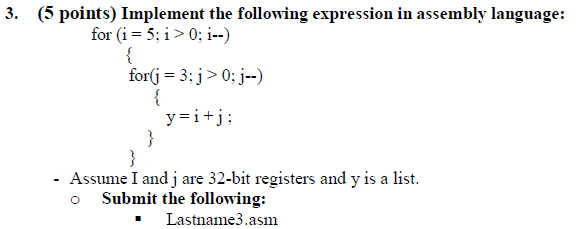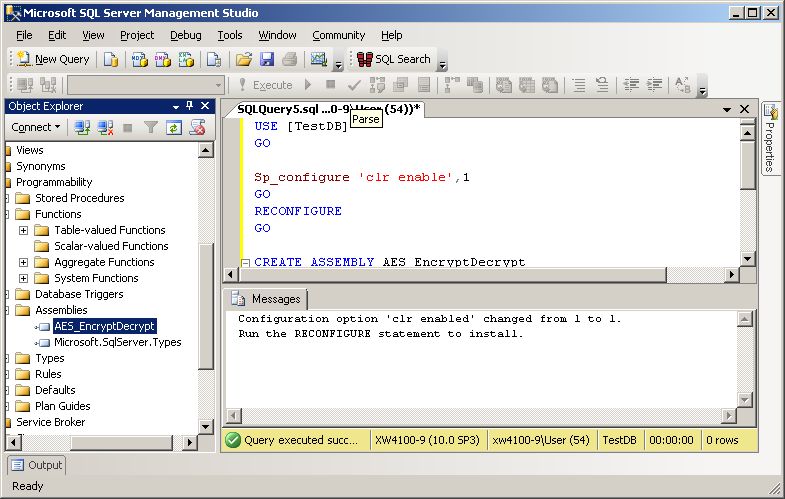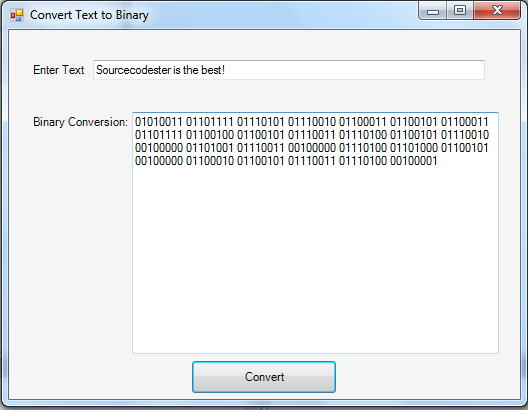

- #HOW TO WRITE C CODE TO YIELD THE FOLLOWING ASSEMBLY CODE HOW TO#
- #HOW TO WRITE C CODE TO YIELD THE FOLLOWING ASSEMBLY CODE GENERATOR#
- #HOW TO WRITE C CODE TO YIELD THE FOLLOWING ASSEMBLY CODE PC#
In order to represent characters, the computer has to map each integer with a corresponding character using a numerical code.
 ReadToEnd - Reads all characters from the current position to the end of the stream. However, the char type is integer type because underneath C stores integer numbers instead of characters.In C, char values are stored in 1 byte in memory,and value range from -128 to 127 or 0 to 255. ( ii ) Whether a certificate meets the investment yield requirement of paragraph ( c ) ( 1 ) ( iii ) of this section is determined by comparing the yield to.
ReadToEnd - Reads all characters from the current position to the end of the stream. However, the char type is integer type because underneath C stores integer numbers instead of characters.In C, char values are stored in 1 byte in memory,and value range from -128 to 127 or 0 to 255. ( ii ) Whether a certificate meets the investment yield requirement of paragraph ( c ) ( 1 ) ( iii ) of this section is determined by comparing the yield to. #HOW TO WRITE C CODE TO YIELD THE FOLLOWING ASSEMBLY CODE GENERATOR#
For the Mustage Generator, we use a different way to pass input arguments compared to the CSV Generator above.
ReadLineAsync - Reads a line of characters asynchronously from the current stream and returns the data as a string. This is what gets compiled into your project, so that you can reference it from the code. ReadLine - Reads a line of characters from the current stream and returns the data as a string. ReadBlockAsync - Reads a specified maximum number of characters from the current stream asynchronously and writes the data to a buffer, beginning at the specified index. ReadBlock - Reads a specified maximum number of characters from the current stream and writes the data to a buffer, beginning at the specified index. This program is input to the MIPS assembler (Unix command as ), producing an object (machine language) module foo.o. ReadAsync - Reads a specified maximum number of characters from the current stream asynchronously and writes the data to a buffer, beginning at the specified index. Here, the C source file foo.c is compiled using the C compiler (Unix command cc), to yield an assembly language program foo.s. Read - Reads the next character or next set of characters from the input stream. Peak – Returns if there is a character or not. Take a copy of the following simple C example, and save it in a file called hello. 
To be able to execute the output as a program, you need to use a linker such as ‘Id’ to create an executable object. The assembler takes the assembly code and translates it in executable bits that the processor understands.
To find sum of all elements, iterate through each element and add the current element to the sum. This is the simplest case we'll look at, whereby you get emscripten to generate everything you need to run your code, as WebAssembly, in the browser. To make executable code from a program written in assembly, you need an assembler. 
Note: sum must be initialized only with 0.
To store sum of array elements, initialize a variable sum = 0. code 16 Thumb state cmp r0, 10 it e eq if R0 is equal 10. Assume that the base address of the arrays A and B are in registers x10 and x11, respectively. Assume that the variables i, and j are assigned to registers x28, and x29, respectively. #HOW TO WRITE C CODE TO YIELD THE FOLLOWING ASSEMBLY CODE PC#
code 32 add r3, pc, 1 increase value of PC by 1 and add it to R3 bx r3 branch + exchange to the address in R3 -> switch to Thumb state because LSB 1. Question: For the following C statement, write the corresponding RISC-V assembly code.
Input size and elements in array, store in some variable say n and arr. Let’s try this out with the following example code.syntax unified this is important. First let us begin with the easiest approach. In this post I will explain two approaches to find sum of array elements. #HOW TO WRITE C CODE TO YIELD THE FOLLOWING ASSEMBLY CODE HOW TO#
Basic Input Output, For loop, Array Logic to find sum of array elementsįinding sum of array elements is easy when you know how to iterate through array elements.








 0 kommentar(er)
0 kommentar(er)
